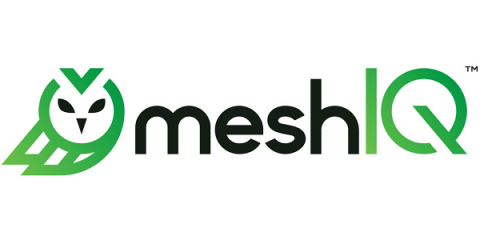Operations | Monitoring | ITSM | DevOps | Cloud
Latest News
How to deploy the Google Cloud Ops Agent with Ansible
Site Reliability Engineering (SRE) and Operations teams responsible for operating virtual machines (VMs) are always looking for ways to provide a more reliable, more scalable environment for their development partners. Part of providing that stable experience is having telemetry data (metrics, logs and traces) from systems and applications so you can monitor and troubleshoot effectively. Many Google Cloud services, including Google Compute Engine, provide basic system metrics out of the box.
What is an AWS Lambda Function?
In this article, we will cover the basics of a Lambda function and its functionality in our every day digital lives. AWS Lambda, as we already know, is a compute service that allows you to run code without managing servers. AWS Lambda runs the code when it is needed, and it is automatically scaled. The code you execute on AWS Lambda is called Lambda function, and it can be considered, for better understanding, as a formula in a spreadsheet.
What is Cloud Backup and How Does It Help Small Business?
Cloud technology has enjoyed exponential growth over the past several years. Increases in broadband and wireless speeds have spurred a rise in everything from cloud storage to Software-as-a-Service (SaaS). Before the cloud grew into its current form, it was primarily a tool for backing up data in a safe, remote location. Throughout the evolution of cloud, backup and restore remains one of this technology’s most widely-used and important functions.
5 top hybrid cloud security challenges
Hybrid cloud environments can add complexity, reduce visibility, and require different logging and monitoring approaches for security teams. For a growing number of organizations, IT environments encompass a blend of public cloud services, private clouds, and on-premises infrastructure—with the latter becoming an ever-smaller portion of the mix. The past two years have seen a major uptick in the use of cloud services, and the trend shows no signs of slowing.
Monitor Azure SQL databases with Datadog
In Part 2 of this series, we showed you how to monitor Azure SQL Database metrics and logs using the Azure platform. In this post, we will look at how you can use Datadog to monitor your Azure SQL databases alongside other technologies in your infrastructure. Datadog provides turn-key integrations for Azure along with more than 500 other technologies, enabling you to track long-term performance trends across all systems in your infrastructure, not just your SQL databases.
Tools for collecting Azure SQL Database data
In Part 1 of this series, we discussed key metrics for monitoring Microsoft Azure SQL databases. We also looked at how your database resource and audit logs complement metrics to provide more insight into database performance, activity, and security. In this post, we’ll show you how to collect metrics and logs from your database instances and monitor them with Azure’s monitoring and reporting tools.
Key metrics for monitoring Azure SQL databases
Microsoft Azure SQL Database is a platform-as-a-service (PaaS) database offering for modern cloud applications. It’s a fully managed service that runs on the latest version of the SQL Server database engine, enabling you to create highly available and performant database instances without needing to maintain hardware upgrades, patches, or backups.
5 Misconceptions About Cloud Cost Optimization Tools
Unless you are one of the 1% of enterprises that have zero workloads running in the publice cloud, you need a cloud cost optimization tool. Yes, you do. And if you have workloads running in multiple public clouds—which somewhere in the neighborhood of 85% of enterprises do—you really need a cloud cost optimization tool. If I’m preaching to the choir, feel free to skip to the end of this article where you’ll find a link to try Virtana Optimize for free.











